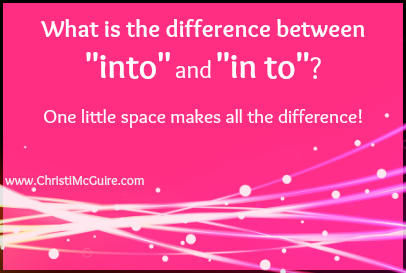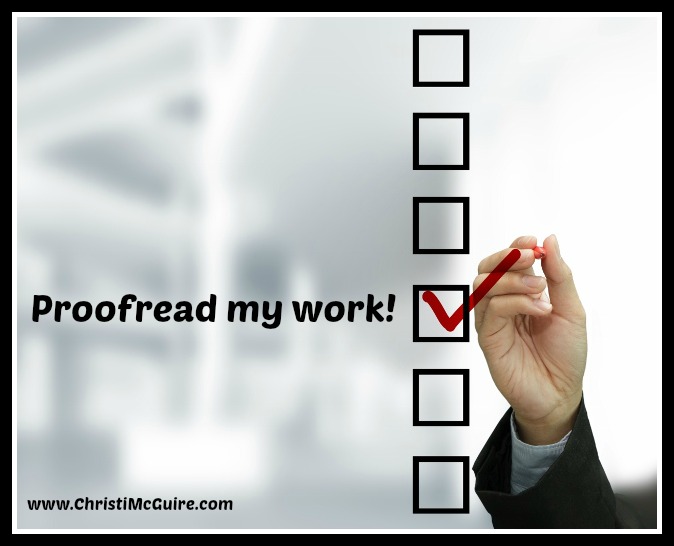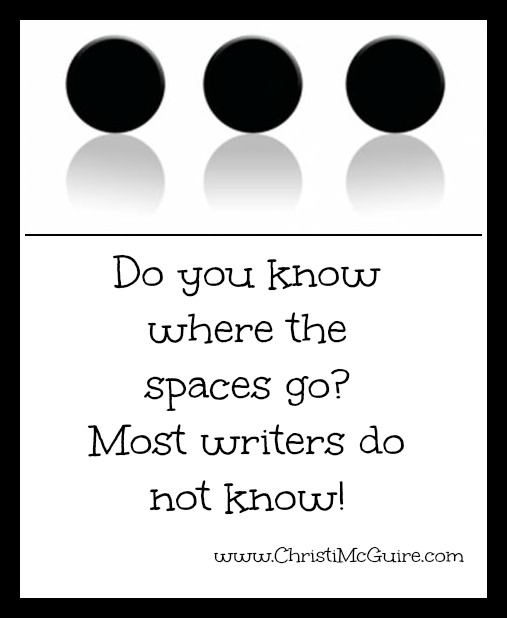I’m going to make a profound statement.
Ready?
Here goes: The space bar is the most powerful key on the keyboard.
Do you agree? Think about it … one little space can make a word, sentence, or paragraph incorrect. Even the lack of a space can make your writing incorrect.
We’ve found that one space is so important when we’re talking about ellipses, spaces between sentences, and the automatic space Microsoft Word places after paragraphs. In upcoming posts, we’ll discuss how to properly space em dashes and en dashes. (Don’t know what those are? Stay tuned—I’ve even got keyboard shortcuts to share!)
The space bar is so important because it can change one word, such as INTO, to two words: IN TO.
One space makes all the difference in meaning and usage.
INTO
“Into” is a preposition. Use “into” to indicate that action is happening—there is movement of something toward something else. Example: She placed the decorations into the box.
“Into” usually answers the question WHERE? If the second half of your sentence answers the question “where?” then use “into.” In the above example, where did she place the decorations? Answer: the box.
IN TO
“In to” can function in a few ways:
- “In to” can be two words that happen to be next to each other in a sentence. “In” functions as an adverb, followed by the preposition “to.” Example: My mom came in to help me put up decorations. In this example, “in to” is typically short for “in order to.” The sentence could be edited to be: My mom came in order to help me put up decorations.
- “In” can also be a part of the verb, like in this example: The burglar broke in to the house. The phrasal verb is “broke in.” The preposition “to” tells where the action happened—where did the burglar break in? Answer: the room.
- “To” can also be part of the verb. Example: We went in to hear the conference speaker. The verb “to hear” is an infinitive and just happens to be next to “in” but functions separately.
One little space between or not between two tiny words makes a difference!
* * * * *
Like my Facebook page for more grammar tips, writing tips, trivia facts,
and current news in the publishing industry!
©2011- 2013 Christi McGuire. All Rights Reserved.











